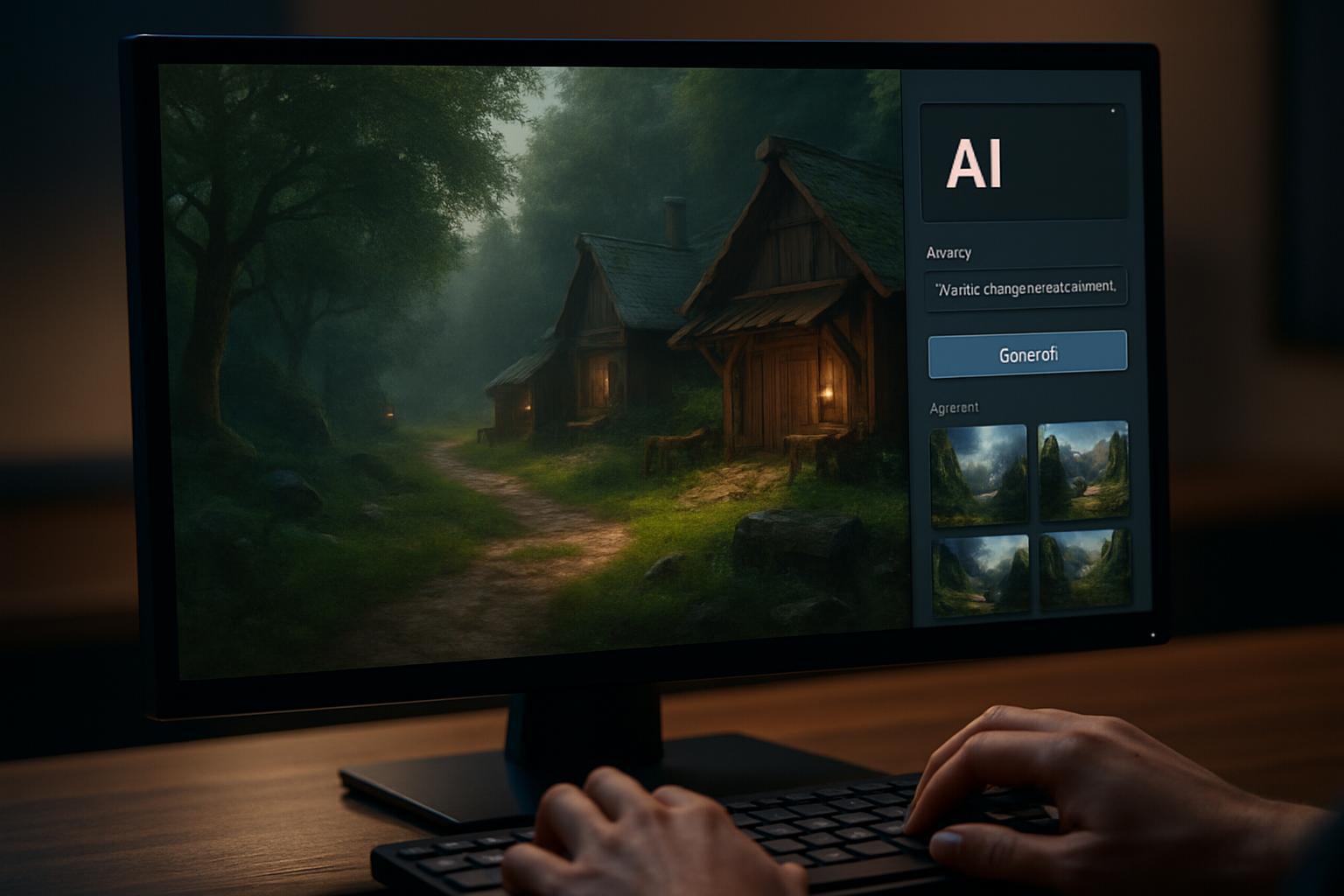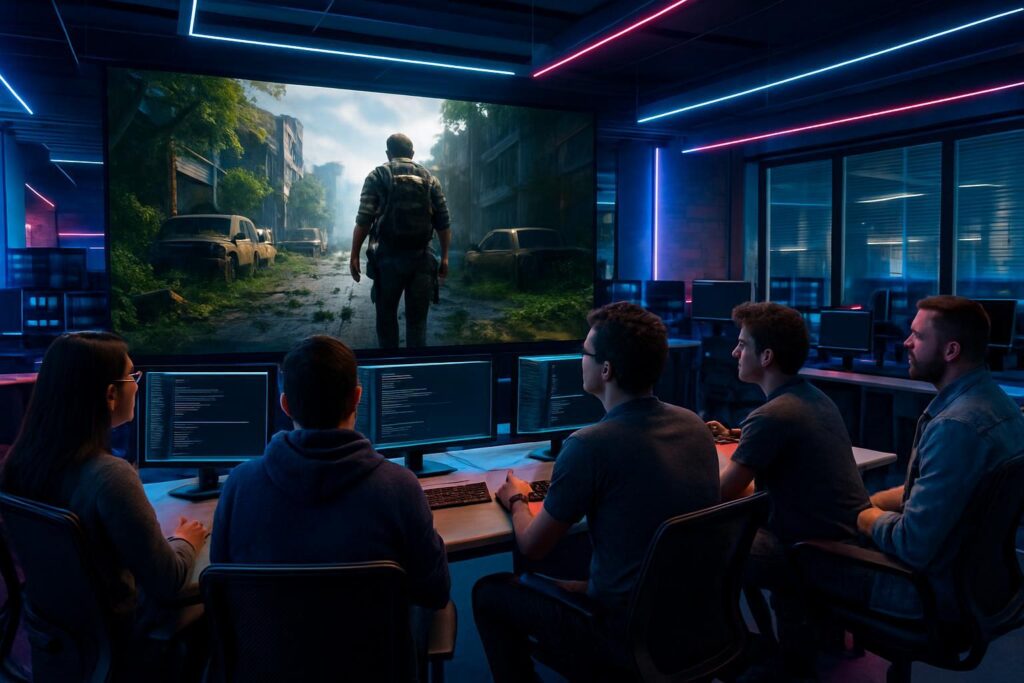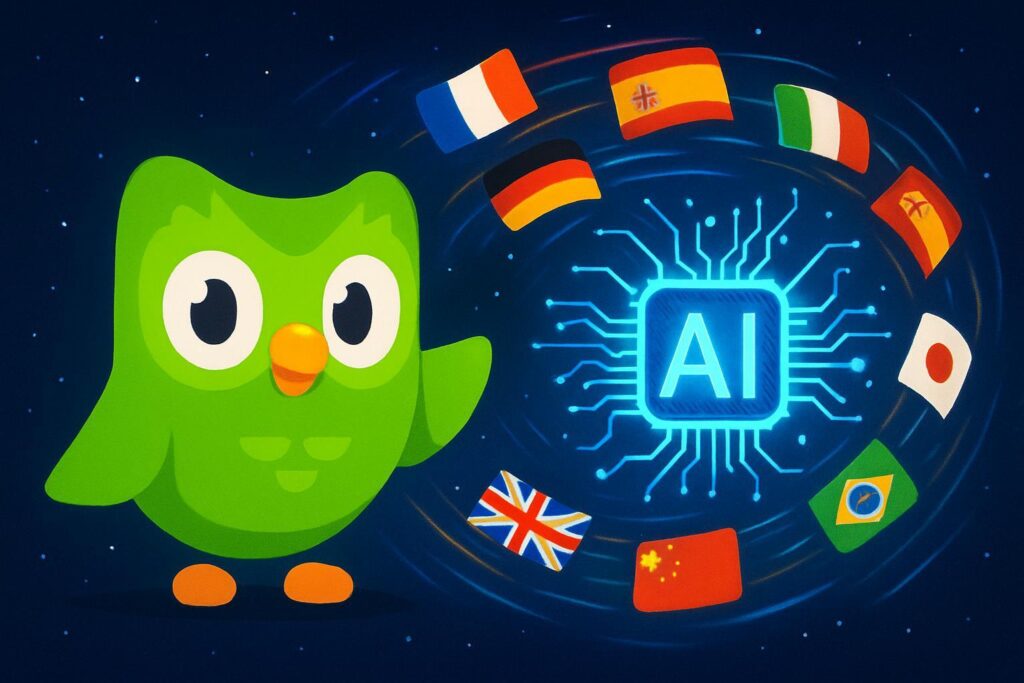Google has introduced Veo 3, its new generative AI tool capable of creating surprisingly realistic video game sequences for just $0.75 per second of footage. This technology represents a significant advance in the generation of visual content for developers and creators, offering new possibilities for the creation of game prototypes and assets.
Revolutionary Capabilities in Visual Content Generation
Veo 3 uses advanced AI models to transform textual descriptions into video game sequences with impressive visual quality. The tool allows developers, independent studios, and content creators to quickly generate game environments and scenes without the need for large 3D design teams or high budgets.
Unlike previous image generation tools, Veo 3 is specifically optimized to create coherent video game sequences that maintain consistency over time, one of the biggest challenges in AI-based video generation.

Accessibility Through a Competitive Pricing Model
The most disruptive aspect of Veo 3 is its pricing model: $0.75 per second of generated footage. This price makes the technology accessible to:
- Independent developers with limited budgets
- Medium-sized studios that need to prototype quickly
- Content creators who require visual material for presentations
- Marketing departments seeking to generate promotional material
This model represents a significant democratization of tools that were traditionally only available to large studios with significant technical and financial resources.
Practical Applications in the Industry
Veo 3's ability to generate low-cost video game footage has multiple practical applications:
- Rapid prototyping of game concepts
- Creating visual assets for investor presentations
- Generating material for trailers and marketing
- Producing environments and scenarios for indie games
- Complementing development teams that need temporary visuals
Limitations and Technical Considerations
Although Veo 3 represents a significant advance, it is necessary to understand its current limitations. The tool excels at generating visual scenes, but the generated content still requires refinement to be directly implemented in commercial games. Developers will need to consider aspects such as:
- Integrating gameplay with the generated visual content
- Optimizing assets for specific platforms
- Refining details through additional design work
Impact on Development Workflows
Veo 3 has the potential to significantly transform workflows in video game development. The intelligent automation of visual content creation allows teams to iterate more quickly, experiment with different visual styles, and reduce the time spent creating preliminary assets.
Companies that integrate this technology into their processes will be able to dedicate more resources to aspects such as gameplay, storytelling, and the overall user experience, instead of investing large amounts of time in the initial generation of visual content.
The Future of Content Generation in Video Games
Veo 3 represents only the beginning of what promises to be a revolution in how visual content is created for video games. As generative AI technology continues to evolve, we can anticipate:
- Greater photorealism in the generated content
- Direct integration with popular game engines
- Capabilities to generate not only visuals but also gameplay elements
- More detailed customization based on specific styles or visual references
The democratization of these tools is creating an ecosystem where creativity and innovative ideas can be realized more easily, potentially diversifying the landscape of video games with more varied and original proposals.
Conclusion
Google Veo 3 represents a significant milestone in the practical application of generative AI in the video game industry. Its accessible pricing model and technical capabilities open up new possibilities for developers of all sizes, potentially transforming how games are created, visualized, and developed.
For studios and independent creators, this tool offers an unprecedented opportunity to compete visually with higher-budget productions, partially leveling the playing field in an industry traditionally dominated by large investments in visual resources.


